You will have to pry my Rolleiflex from my cold dead hands. But as wonderful as they are to use and the top-notch images, they aren’t the cheapest camera. But the folks at Rollei (Franke & Heidecke) realised that the cost of their cameras put them out of reach of many photographers. Enter the Rolleicord, the low-cost TLR, in the greater Rollei ecosystem, is the lowest tier, with the 2.8 Rolleiflexs at the top, followed by the 3.5 Rolleiflexes next and then Rolleicord. But that doesn’t mean you should turn your nose up at these cameras. While they never reached the same level of technological improvement as the Rolleiflex series, they were still competent, capable and affordable cameras. And when it comes to the Rolleicord, the Vb is the last of the entire series that stretches back to 1933. Thanks to Bill Smith for loaning this camera out for a review.
Camera Specifications
Make: Franke & Heidecke GmbH
Model: Rolleicord Vb (Type 2)
Type: Twin Lens Reflex
Format: Medium Format (120), 6×6 – Adapters for 35mm and Plate/Sheet Films available
Lens: Fixed, Schneider-Kreuznach Xenar 1:3.5/75 (4 Elements in 3 Groups)
Shutter: Synco-Compur Leaf Shutter, 1s – 1/500s + Bulb
Dimensions (WxHxD): 100x99x142mm
Weight: 940g
Year of Manufacture: 1966 – 1970
Background
Reinhold Heidecke had an idea; he wanted to build a roll film camera that was designed for any environment; as a production manager at Voigtländer, he brought his designs to his superiors, who outright rejected the idea. Voigtländer focused mainly on plate cameras and wanted (at that point) nothing to do with this new-fangled flexible roll film. So Reinhold reached out to his friend and coworker Paul Franke, who responded positively; in 1919, the pair decided to run with the idea. In 1920 they formed Franke & Heidecke GmbH, intending to produce a modern twin-lens reflex camera. Although to get additional capital, they started with a stereo camera, the Heidoscope, based on the 117 (B1) format. As a side note, the 117 formats produced the familiar 2.25 x 2.25-inch square image format. Despite the downturn in the world economy exacerbated by hyperinflation in post-war Germany, Paul Franke’s savvy as a financier and salesperson kept the company afloat and capital keeping the lights on. Their main product, the Rolleiflex, hit the market in 1928 and proved an instant success; demand far outstripped the production. But the Rolleiflex was not a cheap camera even in the late 1920s. And in 1933, the Rolleicord I arrived as a lower-cost alternative. It was made from slightly more affordable materials and used a Zeiss Triotar 75mm f/4.5 lens, and came with an art deco inspired metal faceplate. A leatherette-covered copy (Rolleicord I Type 2) featured the same Triotar 75mm lens but a maximum aperture of f/3.5. Starting in 1936, the Rolleicord Ia became available for sale; it featured a leatherette covering and a Triotar 75mm f/4.5 lens and was available in three different types. One of the most significant changes to the Ia was the auto-stop when winding the film to the next frame, but you still needed to use a red window to advance the film to frame one to start. The same year as the Rolleicord Ia, the Rolleicord II also became available, with the significant difference being a Triotar 75mm f/3.5 lens. The Rolleicord IIa updated the filter mount from a push type to a bayonet-styled mount in the Bay-I size. The Rolleicord IIb made some cosmetic changes, with a change in the faceplate and the company name engraved between the viewing and taking lenses. Franke & Heidecke added serial numbers to the Rolleicord IIc. The Rolleicord IId was the first post-war Rolleicord. Because of issues surrounding sourcing Zeiss lenses, it used Schneider-Kreuznach Xenar 75mm f/4.5 and f/3.5 lenses and a Triotar option. The IId also featured a new Compur Rapid shutter. The Rolleicord IIe had improved coatings on both lenses and added the ability to sync with electronic flashes or X-Sync. In 1950 the new Rolleicord III hit the market; it featured a Schneider Xenar 75mm f/3.5 or Zeiss Triotar 75mm f/3.5 lens, an improved viewing hood on the waist level finder, and no longer needed a red-window to get your film started. Instead, you aligned the start mark with a mark inside the body and wound the film to frame one. The short-lived Rolleicord IV came out in 1953 and was the first only to be equipped with a Xenar 75mm f/3.5 lens and featured both M and X Sync functionality on the shutter. In 1954 the Rolleicord V saw release; while similar to the previous model, the V featured a self-timer and a memo holder on the focusing knob. The Rolleicord Va released in 1957 made some changes, including moving the focusing knob to the left side and making it possible to swap out the frame counter. This is because you could add a mask that reduces the frame size to 4×4 and bring the number of frames per roll to 16 instead of the standard 12. The final version of the Rolleicord, the Vb, arrived on the scene in 1962, with the only significant difference being that you could remove the viewing hood allowing for switching out and cleaning the focusing screen. The Vb Type 1 arrived in 1962, and the Vb Type 2 came in 1966. A third version, the White Face, is a Type 2 with a different face plate and saw production starting in 1970. One of the more interesting variants of the Vb Type 1 is a small production run from 1965 to 1967. Specially ordered by the Philips Corporation to capture images from oscilloscope screens on Polaroid film (roll film from what I can see), they featured additional lens accessories, the film back, and a corrected view screen. This particular version also saw use by the German Police force. The entire Rolleicord line ceased production in 1977.
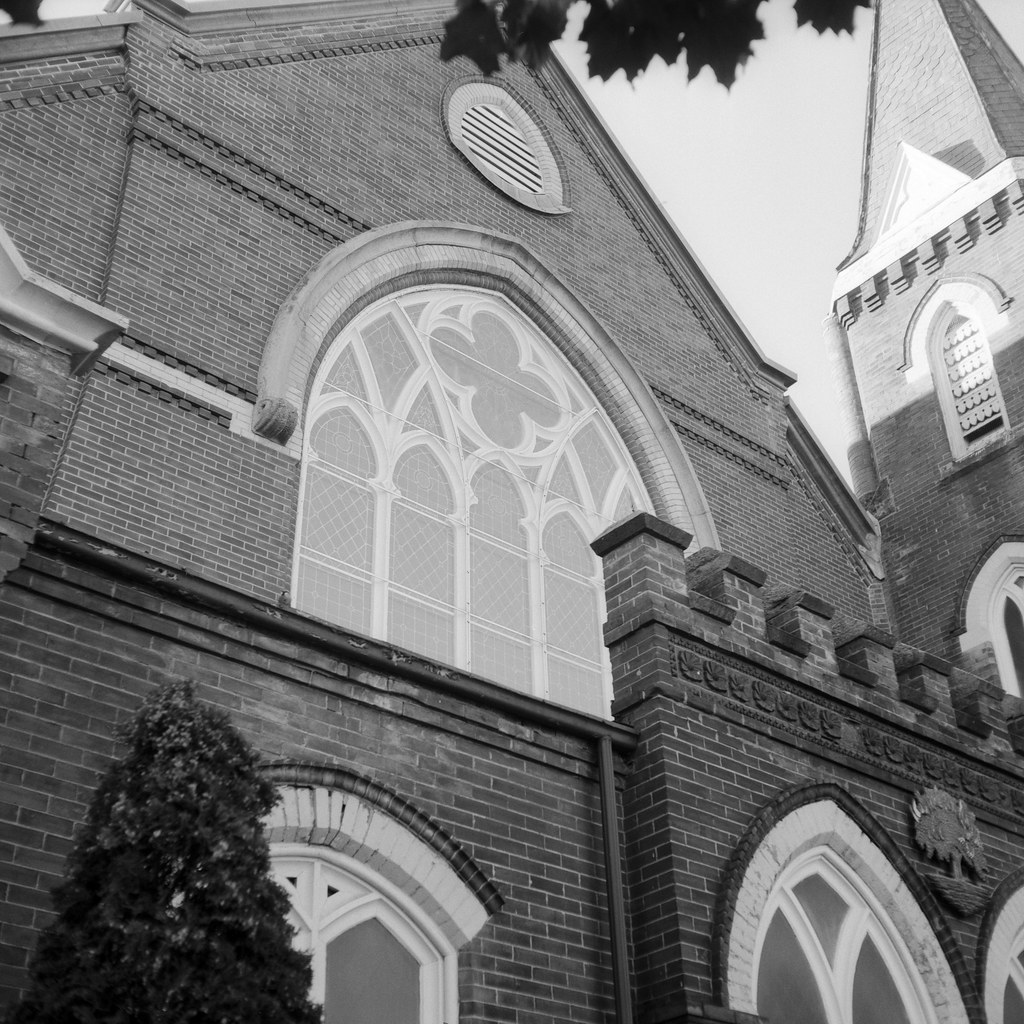
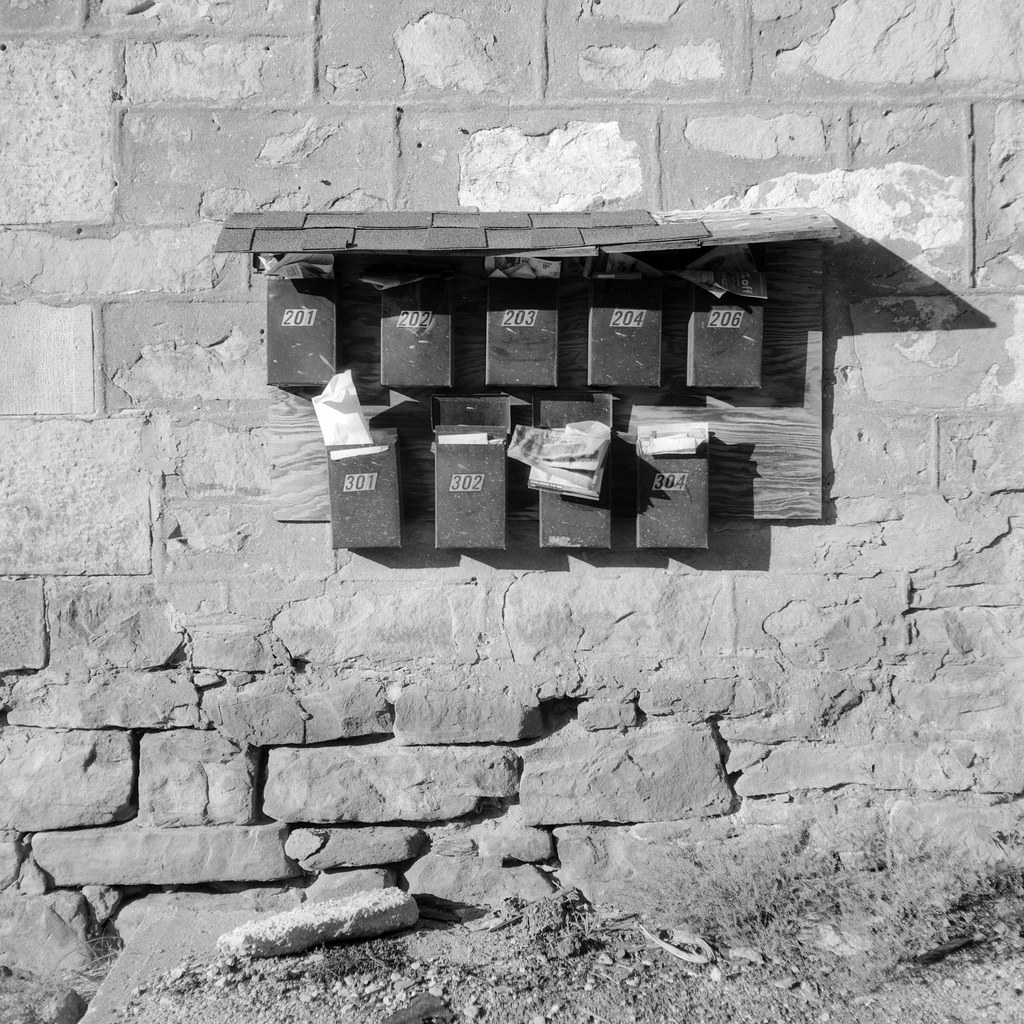
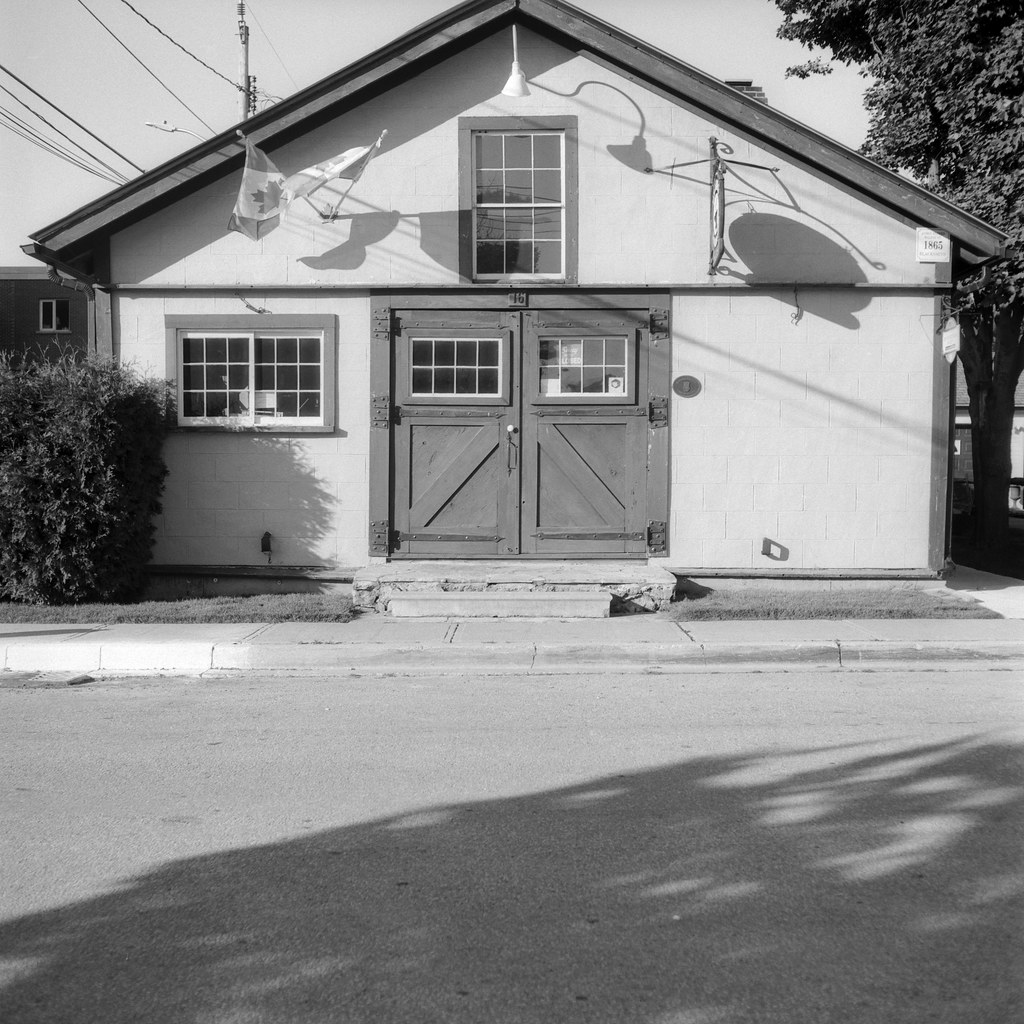
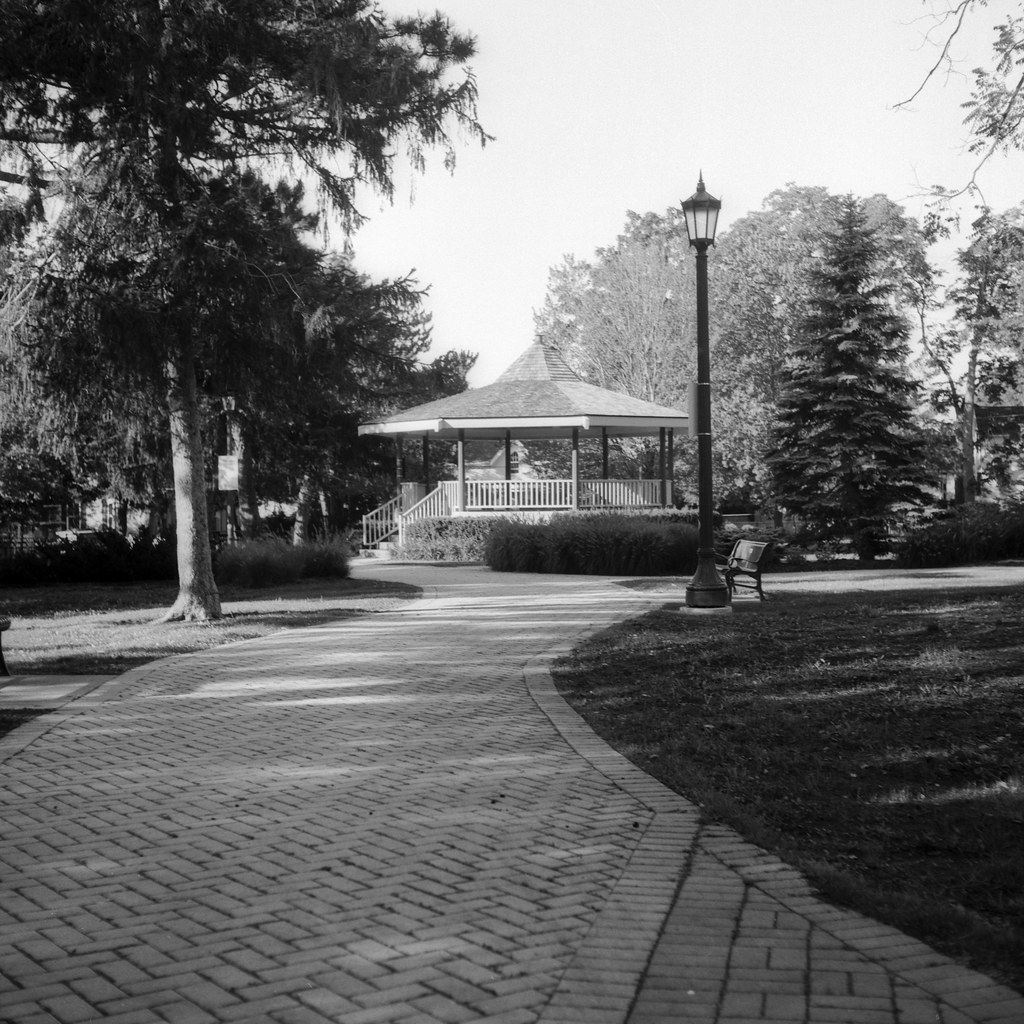
Impressions
There is an unrefined beauty to the Rolleicord Vb, while it certainly isn’t the beautiful art deco styled faceplate of the Rolleicord I, the Vb has a clean design that lets anyone know at first glance that this is a German TLR. And the look and feel of the Vb is that of earlier models of the Rolleiflex. There is a certain feel about the Rolleicord that I do not find with the Rolleiflex, it feels a lot more industrial, almost mass produced out of stamped materials. It is a working man’s TLR. Your exposure and shutter controls are centered around the taking lens, with a pair of leavers on either side to control your shutter speed and aperture, with an off-center window at the top of the lens with the values displayed. The shutter cock and release is a single control at the bottom of the lens, pull it one way to cock the shutter, then press it the opposite way to release the shutter. The focusing knob is in the familiar left side about mid-body, with the film advance knob on the right near the top. The first thing you will notice is that the camera does not have an integral light meter, so you will need to have one along for the ride, or use the exposure chart on the back of the camera. One thing to note on this model, the focusing screen is a Maxwell Bright Screen, which means that you get a much clearer image through your waist level finder, than with a stock screen. The design is clean, almost instantly familiar, and asks to be used in the field. I will note that this example is a well loved and used camera and has plenty of character but does not detract from the functionality of the camera.
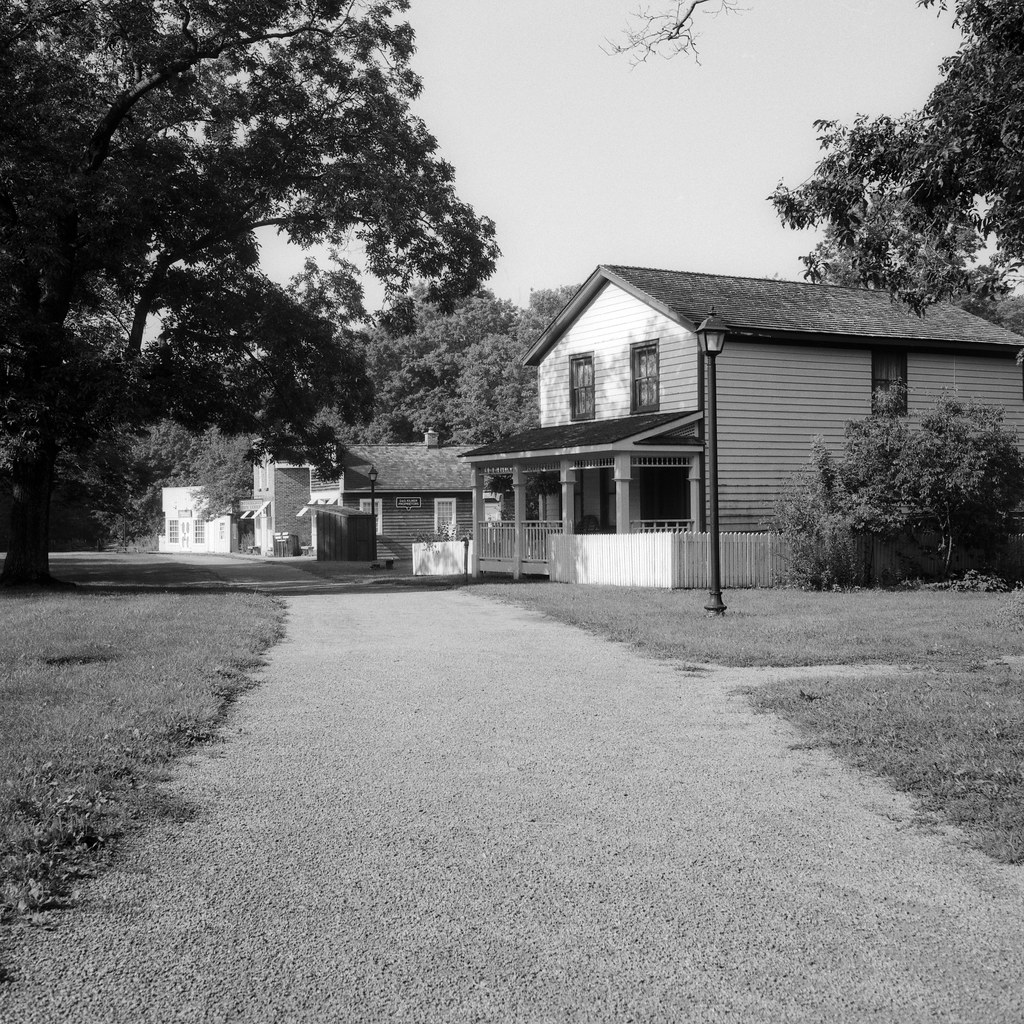
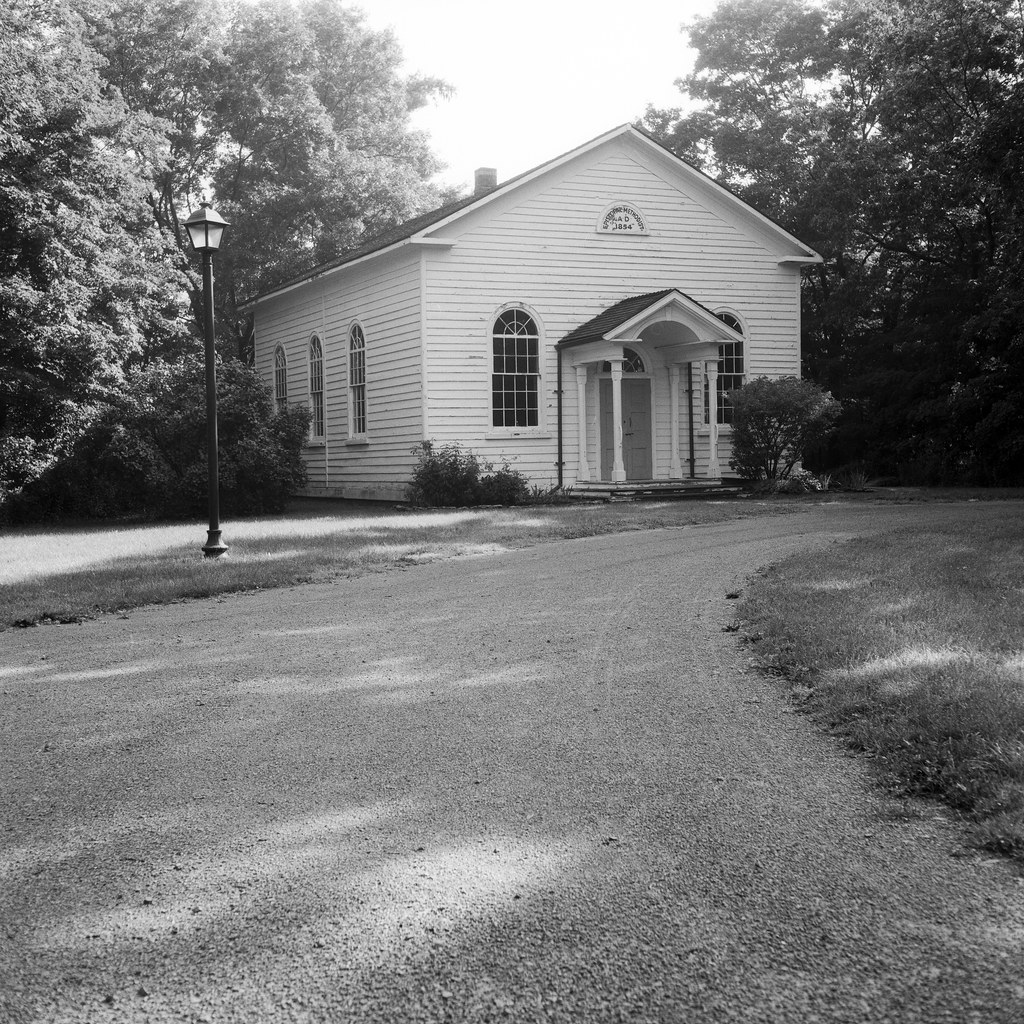

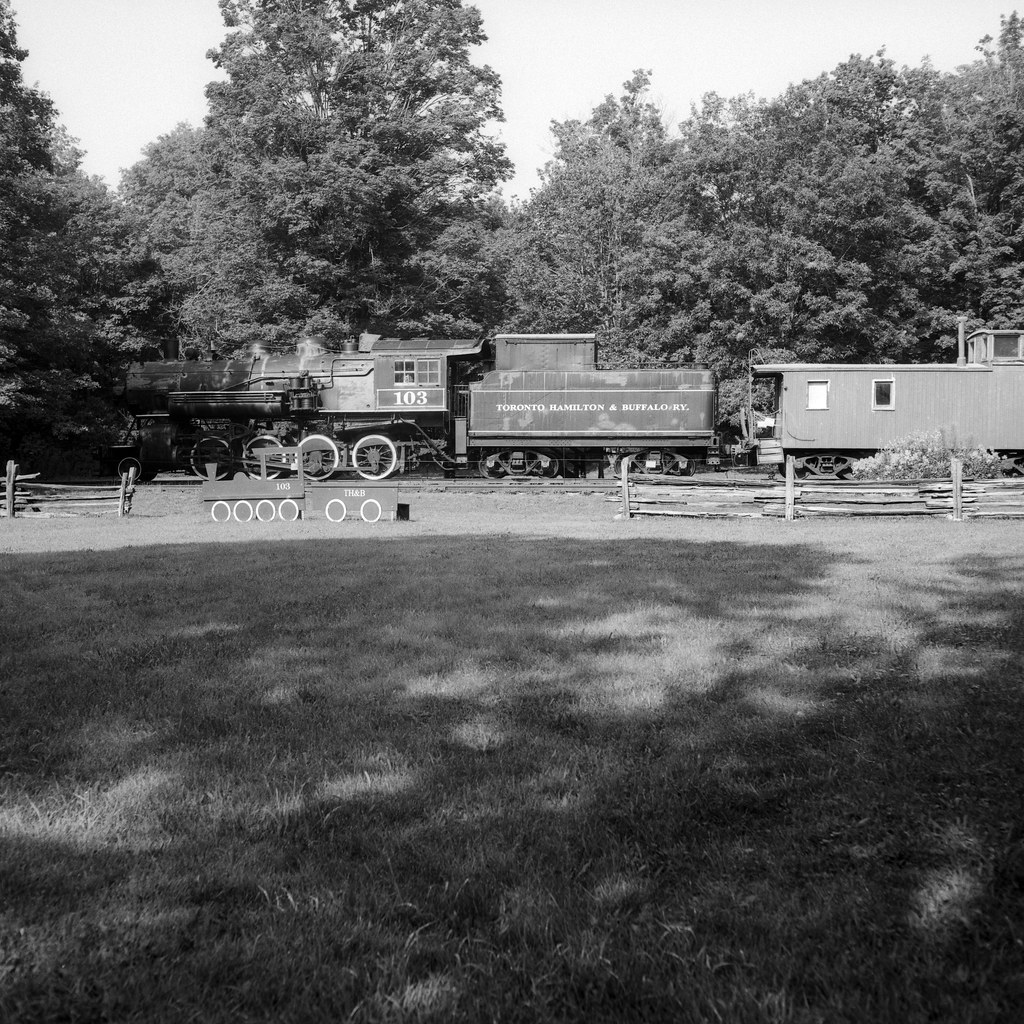
Experiences
It becomes fairly obvious from the start that a Rolleicord is not a Rolleiflex. Despite looking similar in design and build, the two cameras are unique and operate in different ways. First is the film loading, you don’t insert the take through a set of rollers place it into the take up spool then close the back and wind away until the number one comes up. Instead you run it more like a Yashica TLR, with lining up that start arrow. Thankfully there is automatic frame stops, so it will stop at frame one, and it will be frame one if you’ve lined up that arrow properly. One thing to watch out for is that the back can be removed completely. It is held on by a catch on the left side (when you have the camera’s back pointed towards you), that is a simple flip up metal piece. There is no meter on the camera, so you will need to bring one along or wing it with Sunny-16. But once you’re in the field, the camera itself is a delight to use, yes, you will have to change up your dance as there is no cock on wind. Instead the cocking leaver and shutter release are combined to a single leaver at the bottom of the taking lens. I found that the easiest way for me is to use two hands, one to cock the shutter in one direction, let is lazily return to the neutral point, then use the other hand to trip the shutter and take the photo. The two hand method also makes adjusting the exposure settings easy, but you do have to watch for creep as adjusting one setting might move the other setting. This I mainly chalk up to age so it might depend on the camera. The camera does come equipped with a Maxwell bright screen, and I can certainly see that it helps as it is almost as bright as the screen on my Planar with a f/2.8 viewing lens. In this case the viewing lens is an f/3.2 so slightly faster than the taking lens, to help with composing the image. Having the focusing knob and film advance knob on opposite sides of the camera helps keep things from getting confused, but thankfully there is a safety lock so you cannot accidently advance your film without tripping the shutter. And the focusing is smooth and the magnification loupe works well and certainly helps with fine focus. The camera itself is far lighter than my 2.8F, and can be easily carried around without too much stress or strain. I enjoyed working with the camera, despite the differences from my 2.8F and I can certainly see the draw of the camera, a much simpler design and layout and once I got familiar with the new steps to the dance I could work with the camera easily and did not run into any difficulties.
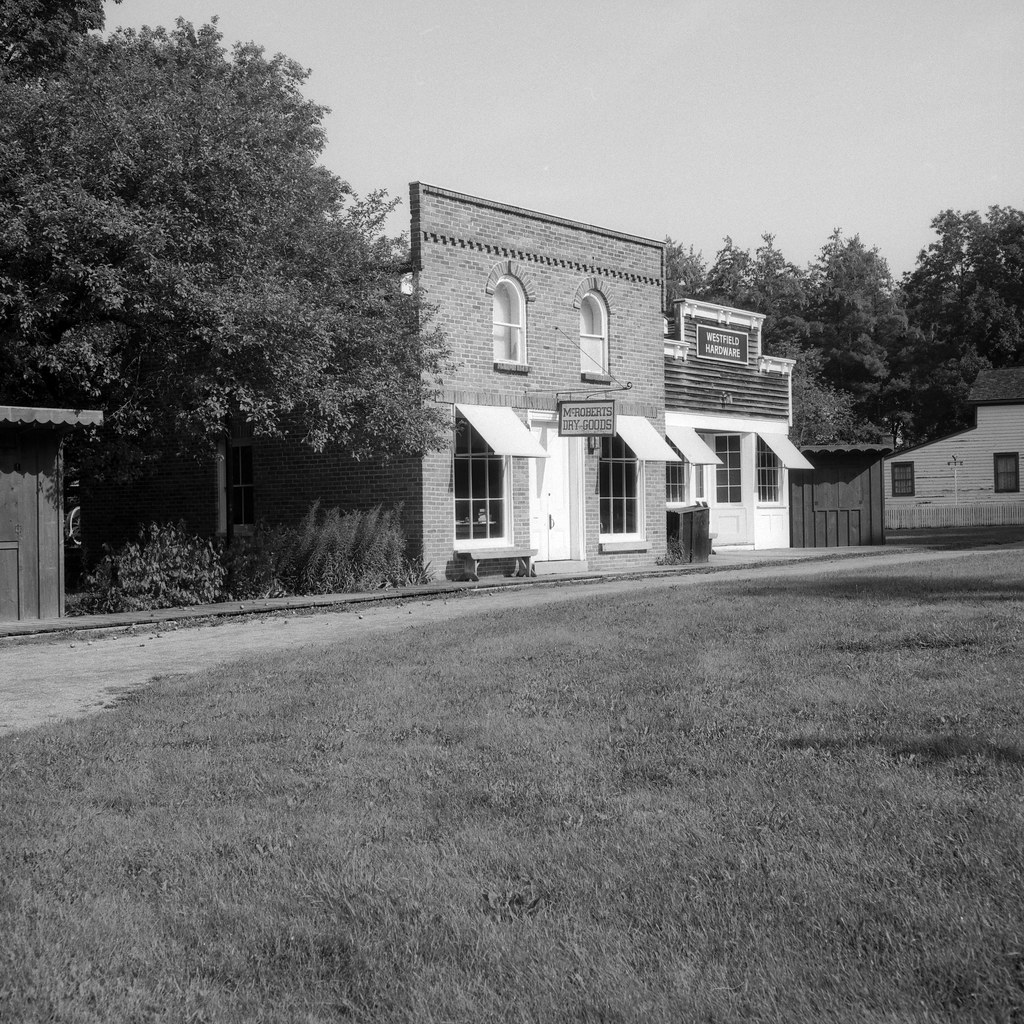
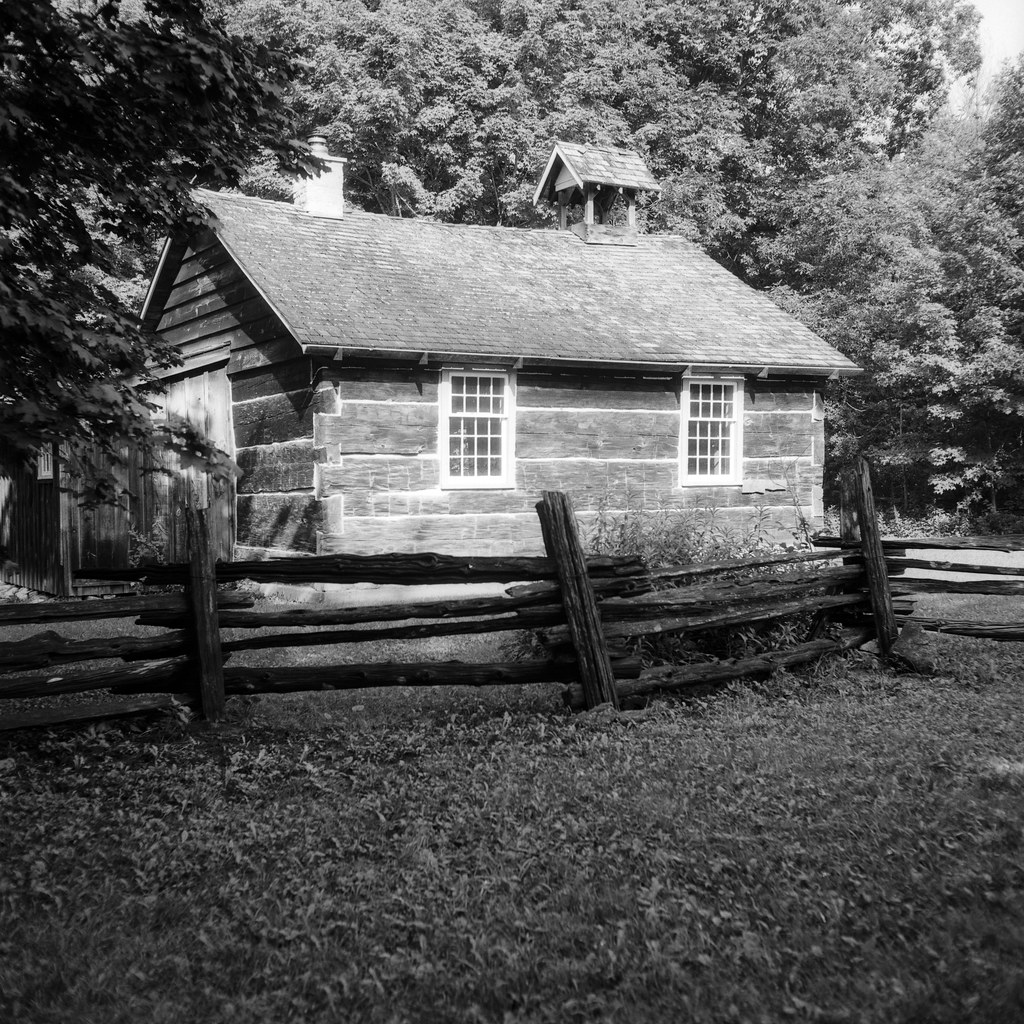

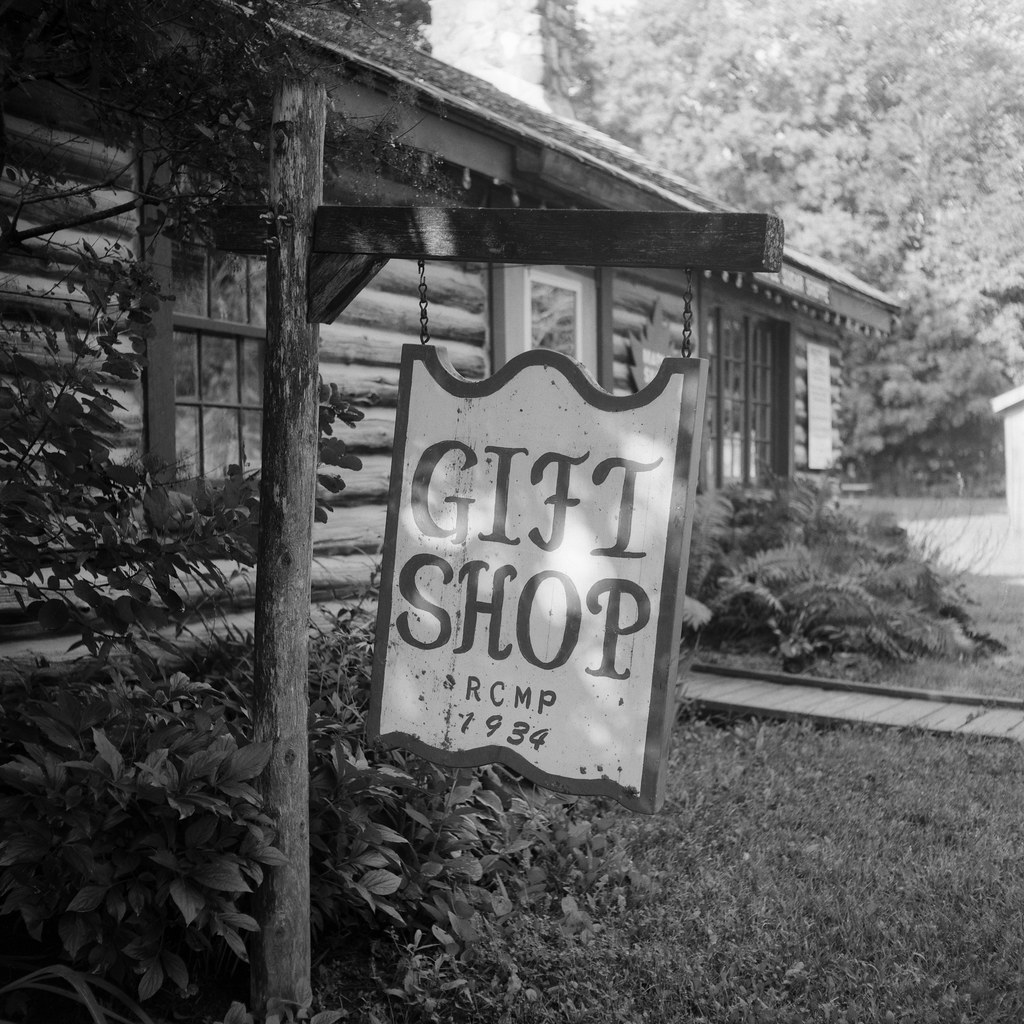
Optics
The first thing people think about regarding Rollei TLRs is the high-quality Carl Zeiss optics. While the earliest versions of the Rolleicord featured Carl Zeiss Triotar lenses, this was a simple triplet design (3-Element). But once you got past the Rolleicord IV, the lenses switched to Schneider-Krueznach optics. These lenses are nothing to sneeze at; the Xenar 75mm f/3.5 is a Tessar design (4 Elements in 3 Groups). Compared head-to-head with the Zeiss Planar in my 2.8F, the Planar does win out, but the Xenar is a good lens. One interesting note is that many portrait shooters prefer the older Triotar lenses but do see the value in image quality with the Xenar optics. And I love the results from the Xenar lens; lots of character and interesting results when shooting wide open. You get some fall-off at your corners, with a nice sharp centre. The out-of-focus rendering is smooth, and with a bit of working to figure out the distance, you can get some swirls from this lens. Despite this, the lens remains sharp at all apertures and delivers a quality image. One thing to note is that the older lenses tend to flare, so a lens hood is an excellent idea to keep in your pocket; the Vb takes a Bay-I style hood and accessories such as filters for the lens. As this is a late model camera, the lens has modern coatings so you can shoot colour and black & white films. I like the contrast the lens gave the film stocks that I used in this review.

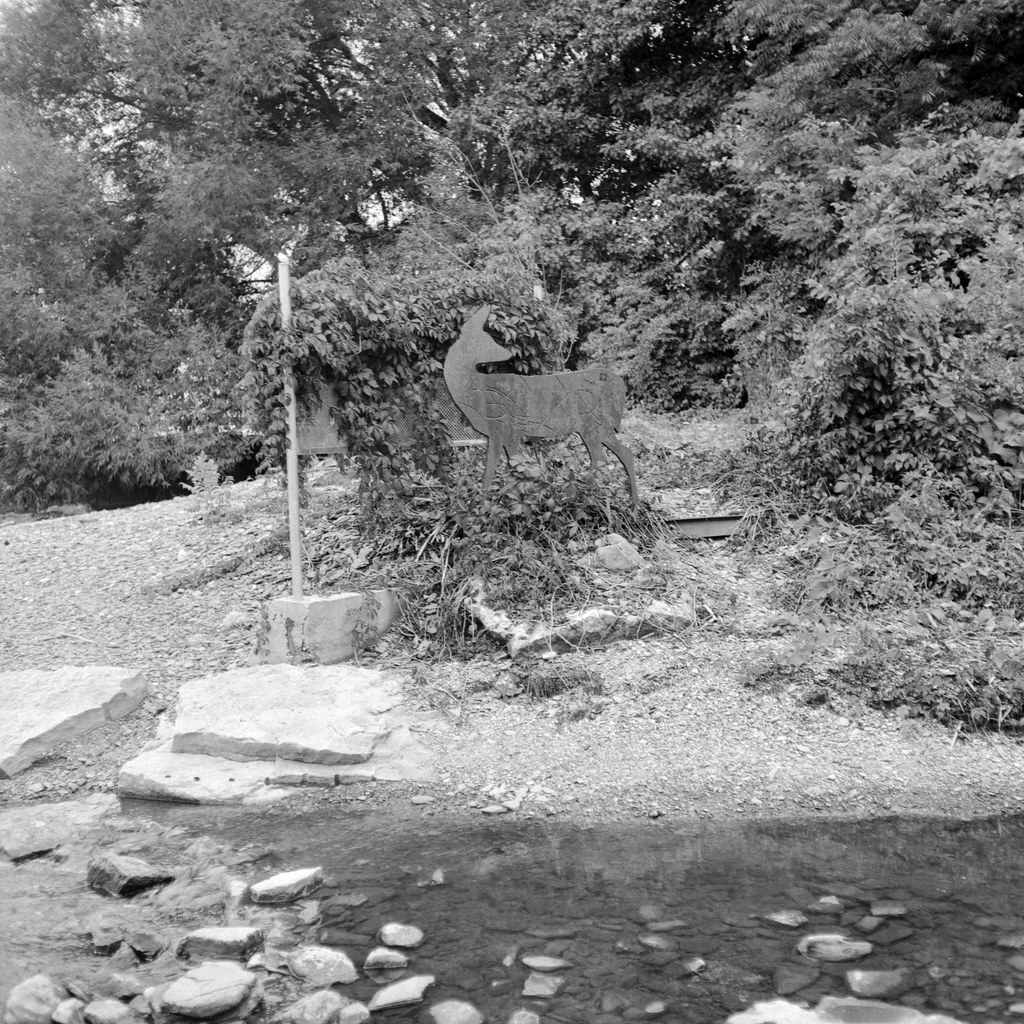

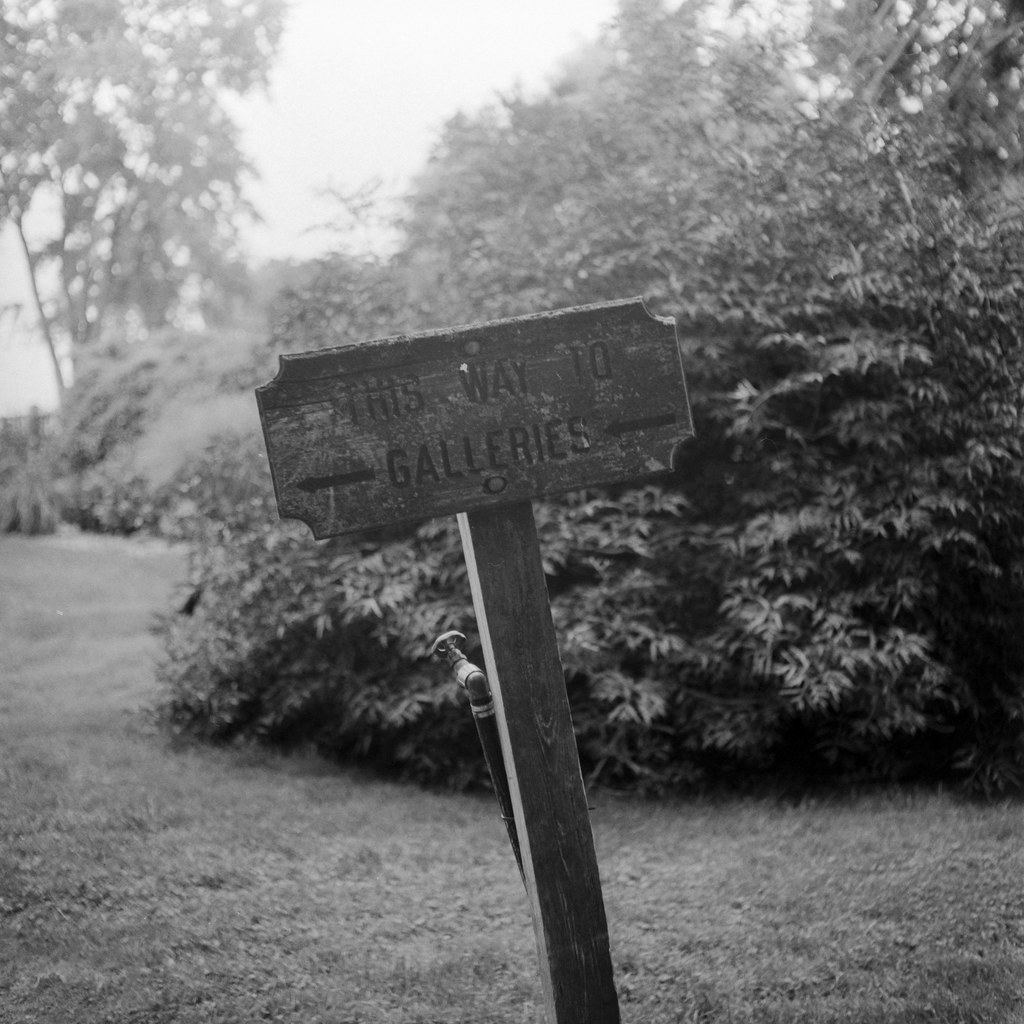
Lowdown
There is nothing wrong with the Rolleicord Vb, it is a solid reliable and well made camera that offers up the experience of older Rolleiflex models, without paying collectors prices on them. And the best part is that you can pick this up for far less than a Rolleiflex. Most on the used market are running between 400 and 800 dollars, you will pay around 1200 dollars for a white face (Vb Type 3), but that’s due to the rarity of that particular model. And if you are getting one for photographic use, then a Type 2 will suit you fine. One of the best parts is that these cameras are still easily serviced. If you’re looking for a good German TLR but don’t want to pay the money for the Rolleiflex, take a look at the Rolleicord, the Vb are the newest ones out there being produced right at the end of the era, but any camera from the line will be excellent, and try and go for a post-war model to get the improved lens coating and functionality. I won’t be adding one to my tool kit, as I’m very happy with my Rolleiflex 2.8F, but I certainly would not stop someone from buying a Rolleicord and I wouldn’t say no to a gift.
Further Reading
Don’t just take my word on the Rolleicord Vb; you can check out the reviews by other awesome camera reviewers!
Emulsive – Camera Review: Rolleicord Vb
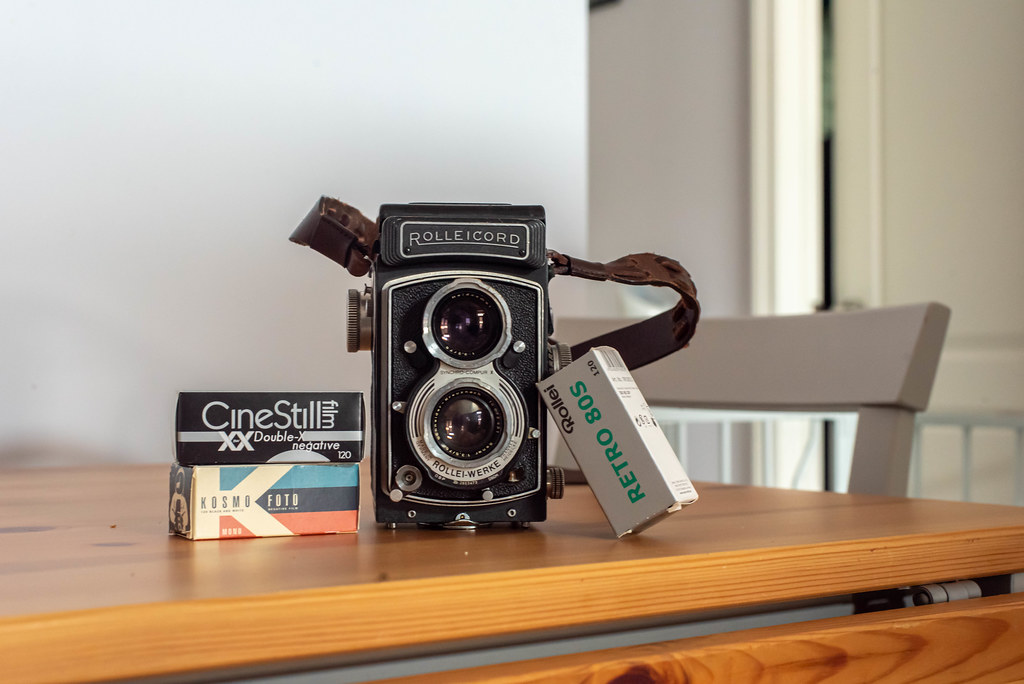

Thank you for a most excellent review of the Rolleicord Vb type 2I have been researching TLR Cameras for a while now and I really like the looks of the Rolleicord Vb type 2 and having seen your review I have decided to buy one. I really like the photos that it produces, exactly the ones I love to take. So thank you for your review it is very much appreciated!!